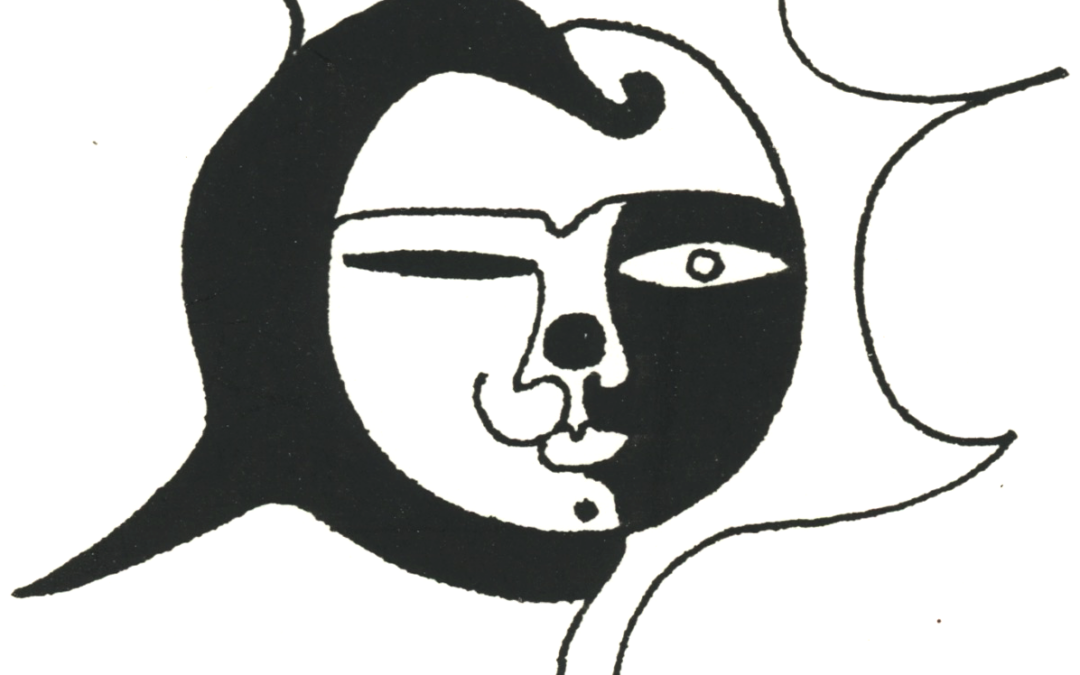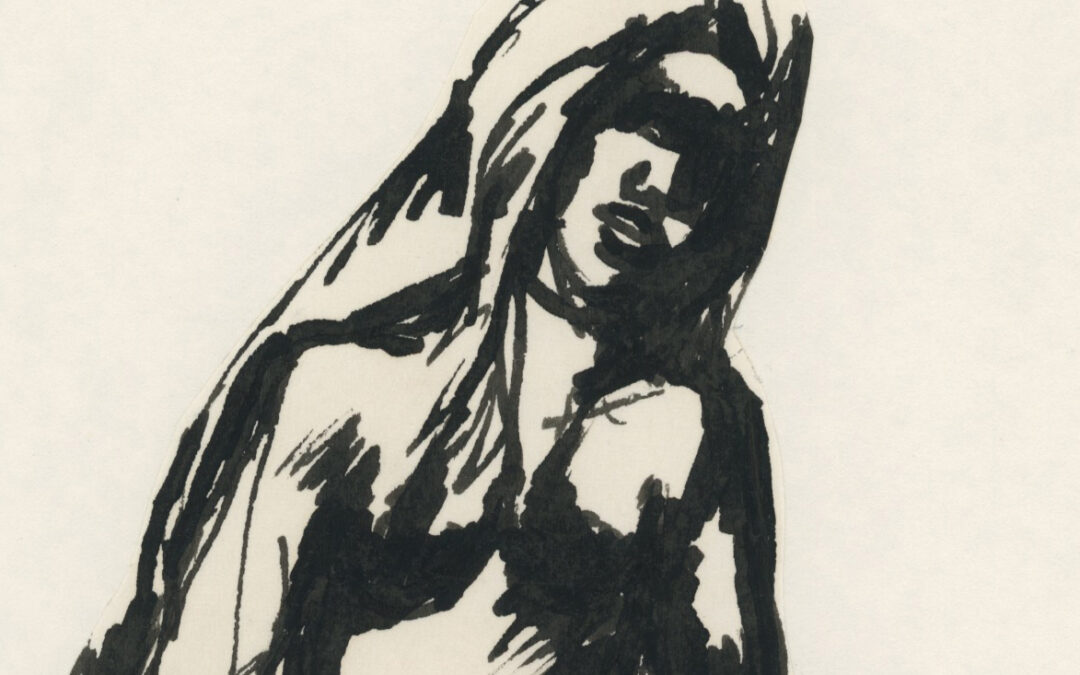We sailed to Le Havre in France on a small Italian ship called the Aurelia. Most of the passengers were high school students returning to their native countries after a year in the U. S. as exchange students—but sixty of us were bound for Madrid from all the various branches of the University of California. Spain was still a fascist country at the time, under the heel of the dictator Franco. The previous year, two Americans students had gotten into political trouble, jeopardizing the program—so it was decided that future students should have an “orientation” on a cruise ship to prepare them for what lay ahead.
Spain was an old world country back then, its customs from an earlier age. Life in a large city like Madrid was still like life in a village. You walked down street arm-in-arm with your girlfriends, met the eyes of the people you passed, smiled, and nodded a greeting. Whole families, as well as couples, went strolling in the evening. You stopped in open, stand-up “bars” where they served wine and “tapas”—appetizers like spicy potatoes and mussels, the floors littered with shells—or went to the “mesones,” cave-like cantinas where everyone clapped and sang to the rhythms of flamenco guitars. Every activity, whether standing in line in the post office or buying a pair of shoes, was a social event—a chance to visit and get to know people.
I lived in a boarding house that occupied two floors of an old apartment building—with thirty other women, all of them Spanish except for my American friends Ella and Wendy. I slept on a rickety bed that folded out of a cabinet in a narrow room I shared with two Spanish roommates. We ate in the communal dining room, daintily cutting up all our fruit, including bananas, with a knife and fork. Our meat was rationed, so we had to count our “albondigas”—the meatballs we helped ourselves to from serving platters. After the “comida” at 2:00, it was siesta time—all the shops, even the banks, closed—but rather than nap, the Spanish girls piled onto each other’s beds for a talk fest. There were only two bathrooms, with no tubs, just showers, and since water was rationed too, we had to make our ablutions brief.
When we came back after an evening out, we had to clap for the “sereno,” an elderly night watchman—there was one for every few city blocks—to raise him from the nearest bar; he let us into our apartment building with a huge ring of keys and accompanied us up to our floor in a precarious glass elevator. Lovers had a hard time finding a place to make out; they’d soon be sent on their way by the serenos.
I remember: the blue, non-absorbent toilet paper and the flurry of cockroaches scrambling for the corners whenever I snapped on the bathroom light; the tiny creampuffs with souring cream that Ella and I bought, anyway, from the pastry shop on the corner; the café a half a mile away where they served “tortillitas” (pancakes), the only place in the city that did; the bar across the street where I habitually downed a jigger of cognac before exams.
Weekends we took side trips to historic towns, like Toledo, Segovia, and Salamanca. When I think of Spain, I think of waking up in a pension, leaning over a wrought-iron balcony above a courtyard full of sunlight and flowers…walking out at dawn up narrow cobbled streets past vendors with their burros and carts.




